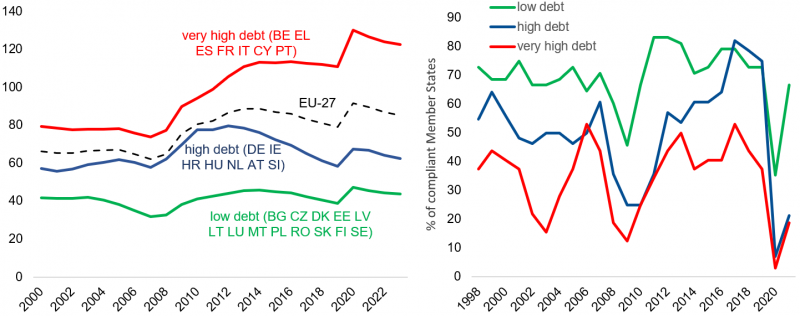References
EFB (2019): Assessment of EU fiscal rules with a focus on the six and two-pack legislation. European Fiscal Board: Brussels
European Commission (2022): Do negative interest rate-growth differentials and fiscal rules matter for the quality of public finances? New evidence. In: Report on Public Finances in EMU 2021. Institutional Paper No. 181: 59-86.
Gootjes, B. and De Haan, J. (2022): Procyclicality of fiscal policy in European Union countries. Journal of International Money and Finance, Vol. 120.
Larch, M., Orseau, E., and van der Wielen, W. (2020): Do EU Fiscal Rules Support or Hinder Counter-Cyclical Fiscal Policy?. CESifo Working Paper, 8659.
Larch, M., Busse, M., Gabrijelcic, M., Jankovics L ., and Malzubris, J (2022): Assessment of the EU’s fiscal framework and the way forward: persisting tensions between risk reduction and risk sharing., Bruges European Economic Research Papers, Vol. 2022/42








